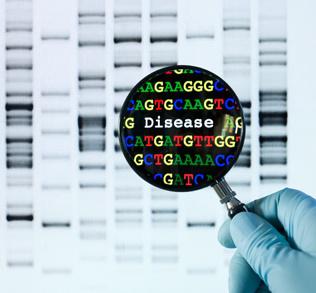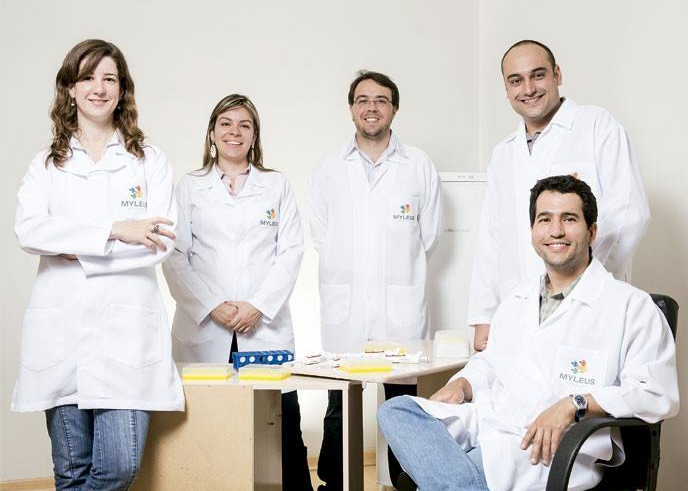What could be the healthcare industry’s looming black swan event?
Nassim Nicholas Taleb popularized the concept of highly improbable events that have major impacts with his books Fooled By Randomness and The Black Swan. It’s not difficult to think of potential black swans that could occur in healthcare. For example, a deadly and super-contagious virus that sweeps across the world like Hollywood has envisioned in the movies would fit the bill.
Black swan events don’t have to be negative, though. Dr. Taleb included the widespread impact of the Internet and the personal computer as examples of black swans. Both developments would likely be considered as quite positive by most people.
Predicting a black swan event — good ones or bad ones — isn’t easy, since by definition they’re improbable and unexpected. However, there’s one event that seems improbable right now, would definitely have an enormous impact on healthcare, and is one I think could occur within the next few decades. And it would be an enormously positive milestone in human history. What is it? Curing cancer. It could be healthcare’s $158 billion black swan.
Huge ripples
That large number is the National Institutes of Health’s estimate for U.S. medical spending related to cancer in 2020. Some researchers suggest the figure could be even higher.
Here’s a more poignant number: 1,620. That’s how many Americans die each day on average from cancer, according to the American Cancer Society. Over the course of this year, there will likely be nearly 590,000 cancer-related deaths.
Now imagine a definitive cure for cancer exists. Families that would have mourned the loss of loved ones won’t have to shed tears. And billions of dollars each year could be channeled into other avenues.
While a cure would be undeniably fantastic news, there could be some challenging side effects. For example, the U.S. Social Security program might face more serious funding issues with more Americans living longer. Any negatives, though, pale in comparison to the overwhelmingly positive factors that would result from a cure for cancer.
Swan hunting
But is such a cure possible? Joseph Jimenez, CEO of Novartis, thinks the answer is yes. He has steered the large pharmaceutical company to focus largely on making the possibility a reality and was featured on Forbes magazine’s cover last year with an intriguing headline: “Will This Man Cure Cancer?”
 Novartis has achieved a significant win already with a breakthrough treatment for acute lymphoblastic leukemia, or ALL. In a clinical trial of its experimental chimeric antigen receptor therapy CTL019, 36 of 39 pediatric patients with ALL experienced complete remission. Work remains to be done, but Novartis expects to submit CTL019 for regulatory approval in 2016.
Novartis has achieved a significant win already with a breakthrough treatment for acute lymphoblastic leukemia, or ALL. In a clinical trial of its experimental chimeric antigen receptor therapy CTL019, 36 of 39 pediatric patients with ALL experienced complete remission. Work remains to be done, but Novartis expects to submit CTL019 for regulatory approval in 2016.
A key hurdle in the big scheme of things, though, is that cancer manifests in over 100 different ways. It’s not just one disease; it’s many diseases under one umbrella. But that doesn’t mean a cure — or cures — won’t be found.
Actually, understanding more about the differences between each form of cancer could lead to the most meaningful progress. Promising research is under way in targeted therapy and personalized medicine. Targeted therapy focuses on developing drugs that attack specific molecules that go haywire and cause cancerous cells to spread. Personalized medicine hones in on finding drug combinations that are most effective to treat a specific person’s cancer.
Dr. Craig Thompson, CEO of Memorial Sloan Kettering Cancer Center, said he believes personalized, precision medicine is revolutionizing cancer research. While he acknowledged in a Wall Street Journal commentary that finding a cure for cancer is taking a long time, he also said “there is tremendous hope for the future.”
Probable improbable winner
While Novartis and other drugmakers could be winners in the race for a cure for cancer, I suspect one company will emerge as a top beneficiary: Illumina. Learning more about how different cancers function requires understanding the genetic details behind the cancers. Illumina’s gene sequencing systems make that research possible.
Illumina is a clear leader in the genetic sequencing that is critical for enabling precision medicine. The company’s HiSeq X Ten genomic sequencing system allows an entire human genome to be mapped for about $1,000 and is widely viewed as the gold standard in sequencing. Illumina also makes less powerful desktop systems that can lend themselves well to cancer research.
Finding a cure for cancer might be a black swan for now — improbable and unexpected. However, with a little luck, a lot of hard work by researchers, and technology such as Illumina’s genomic sequencing systems, the improbable could become the possible in the not-too-distant future.
The $4.5 trillion technology scaring Bill Gates and Steve Wozniak
Despite shockingly ominous warnings from tech pioneers Bill Gates, Elon Musk, and Steve Wozniak — one futuristic technology is about to go mainstream. It was the clear winner at the recent Consumer Electronics Show, where this innovation was unanimously proclaimed this year’s “breakout trend” “on the cusp” of its tipping point. You see, although this gadget is currently owned by just a few early adopters… within 10 years, it’ll be inside half the homes in the US, EU, and Japan. And generating $4.5 trillion per year in sales, according to McKinsey & Co. Which is why early-stage technology investor David Gardner recently identified 3 stocks perfectly positioned to cash in on this massive growth. Quite simply, these are companies you DON’T want to miss.
Source: The Motley FoolAinda não recebemos comentários. Seja o primeiro a deixar sua opinião.






Leave a Reply